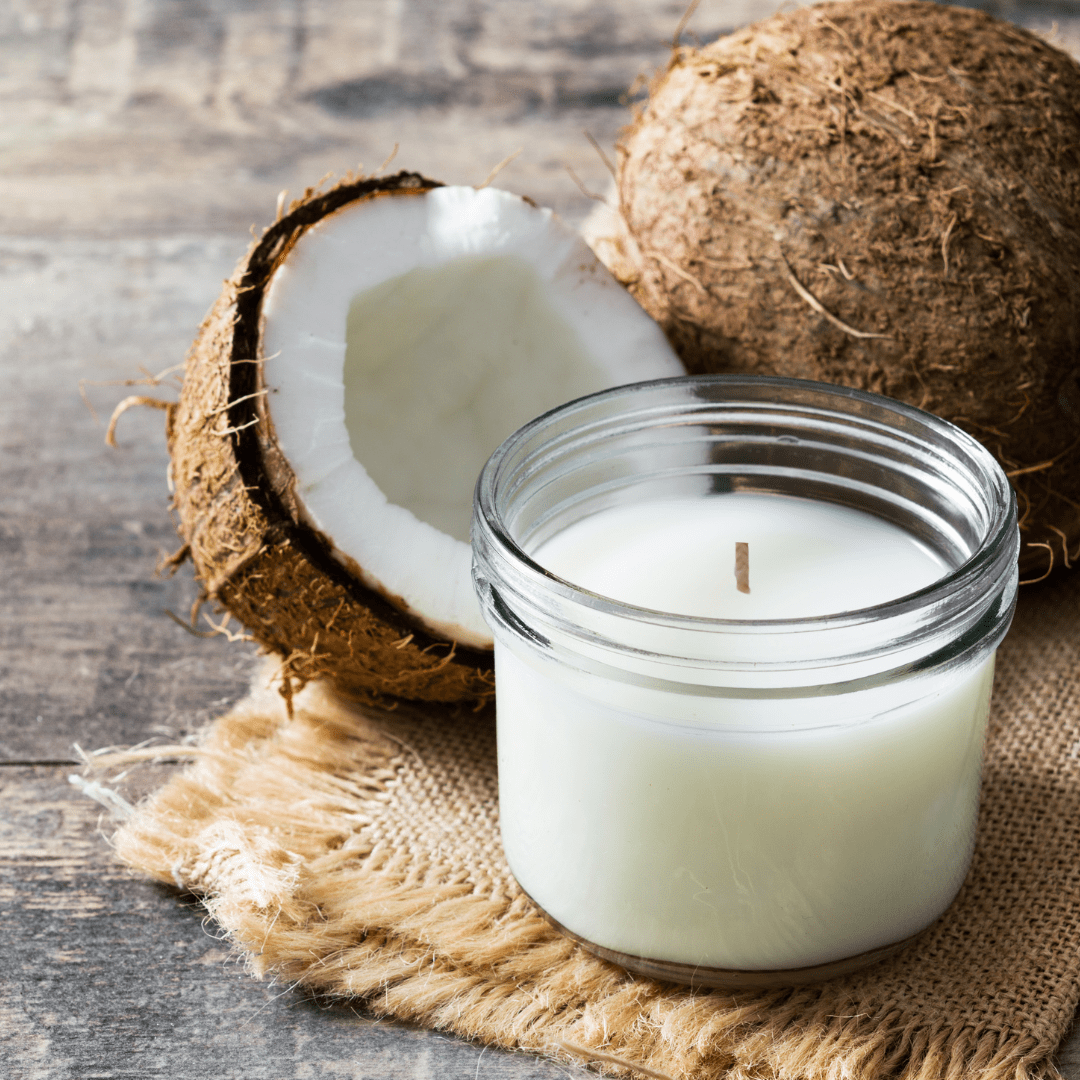From Wick to Wax: Understanding the Chemistry Behind Soy Wax Candles and Their Environmental Influence
As we brighten our spaces with the warm radiance of candle lights, there lies a world of elaborate chemistry behind the seemingly straightforward act of lighting a soy wax candle. Join us as we untangle the clinical intricacies behind soy wax candle lights and explore their implications on our setting.
Soy Wax Vs. Paraffin Wax
When contrasting soy wax and paraffin wax for candle light production, it is necessary to comprehend the distinctive features and advantages of each product. Soy wax is a natural, renewable energy originated from soybean oil, making it biodegradable and green - soy candles. In comparison, paraffin wax is a result of oil refining, which elevates worries concerning its ecological influence and sustainability
Soy wax candle lights burn cleaner and give off much less residue contrasted to paraffin wax candle lights, making them a much healthier choice for indoor air top quality. In addition, soy wax has a lower melting factor, enabling a longer-lasting candle that disperses scent a lot more successfully. Paraffin wax, on the various other hand, has a tendency to burn faster and much less cleanly, potentially launching harmful chemicals into the air.
From a sustainability viewpoint, soy wax is preferred for its biodegradability and eco-friendly sourcing, straightening with the expanding customer preference for eco mindful items. While paraffin wax has actually been a conventional choice in candle light making as a result of its cost and simplicity of use, the shift towards green options like soy wax is acquiring energy in the sector.
Chemical Structure of Soy Wax

Combustion Process in Soy Candles
The chemical structure of soy wax straight affects the burning process in soy candles, influencing factors such as burn time, scent release, and ecological effect. When a soy candle light is lit, the heat from the fire thaws the wax near the wick. This liquid wax is then prepared the wick as a result of capillary activity. As the liquid wax gets to the flame, it evaporates and goes through burning. The combustion procedure entails the vaporized hydrocarbons in the wax responding with oxygen in the air to produce warmth, light, water vapor, and co2.
The next combustion performance of soy candles is affected by the pureness of the soy wax and the top quality of the wick. A clean-burning soy candle with an effectively sized wick will minimize and create a steady flame residue formation. This not just expands the melt time of the candle light but likewise boosts the her latest blog release of scents. In addition, soy wax candle lights have a reduced environmental influence contrasted to paraffin candle lights as a result of their biodegradable and sustainable nature.

Ecological Benefits of Soy Wax

Considered a lasting choice to conventional paraffin wax, soy wax supplies significant environmental advantages that make it a preferred choice amongst eco-conscious consumers. Soy wax burns cleaner and generates less soot than paraffin wax, adding to far better interior air high quality and decreasing the demand for cleaning and maintenance. On the whole, the environmental advantages of soy wax align with the growing need for lasting and environmentally friendly products in the market.
Recycling and Disposal Factors To Consider
Recycling and appropriate disposal of soy wax candle lights play an essential duty in preserving environmental sustainability and minimizing waste in neighborhoods and houses. When it pertains to reusing soy wax candle lights, the first step is to ensure that the candle light has actually burned totally. This can be attained by allowing the candle light to melt till the wick is no more functional, and after that letting the remaining wax cool and solidify. Once the wax has solidified, it can be carefully eliminated from the container.

In terms of disposal, if recycling is not an option, soy wax candle lights are eco-friendly and can be securely gotten rid of in a lot of family waste systems. It is always advised to inspect with local recycling centers or waste monitoring solutions for particular standards on candle disposal to guarantee proper handling and ecological protection.
Verdict
In verdict, the chemistry behind soy wax candle lights reveals their environmental benefits over paraffin wax candles. Soy wax, obtained from soybean oil, burns cleaner and produces less soot when contrasted to paraffin wax.
When contrasting soy wax and paraffin wax for candle light making, it is essential to comprehend the distinctive attributes and benefits of each material (soy wax candles).Soy wax candles shed cleaner and release much less soot compared to paraffin wax candles, making them a healthier selection for indoor air my site top quality.Considered a sustainable option to standard paraffin wax, soy wax offers noteworthy environmental advantages that make it a prominent selection among eco-conscious consumers. Soy wax burns cleaner and creates much less residue than paraffin wax, adding to far better indoor air quality and decreasing the demand for cleansing and upkeep.In conclusion, the chemistry behind soy wax candles exposes their environmental advantages over paraffin wax candles